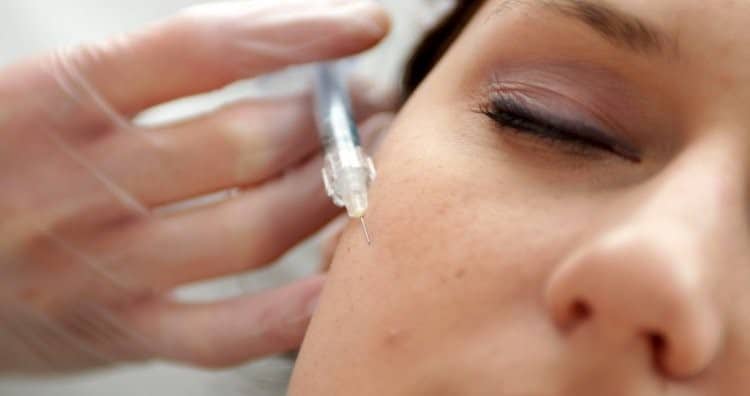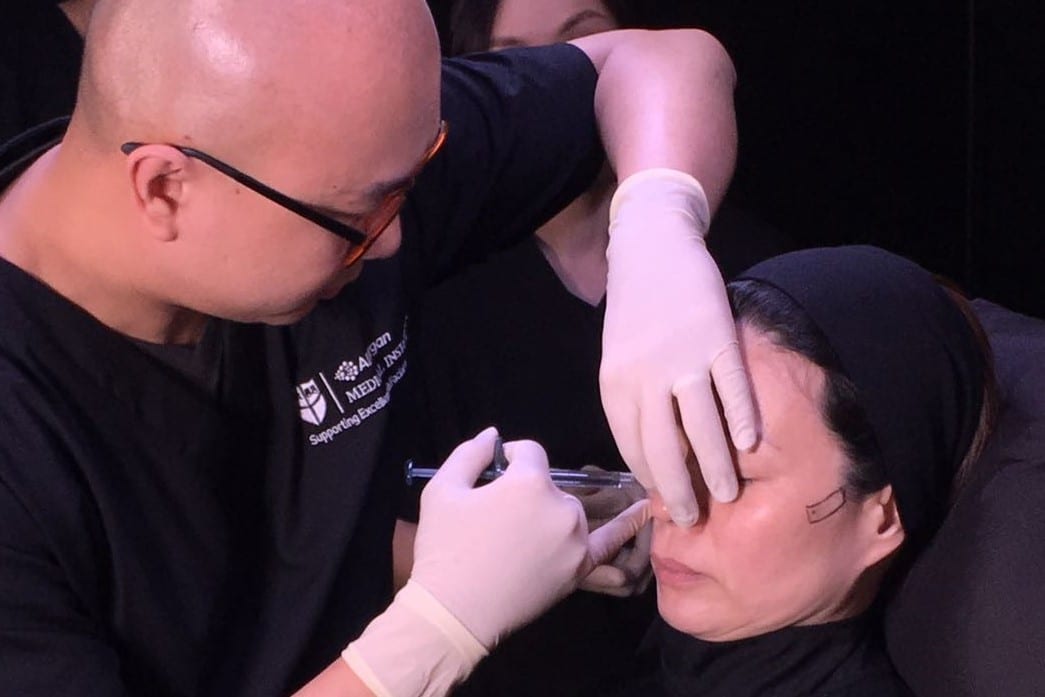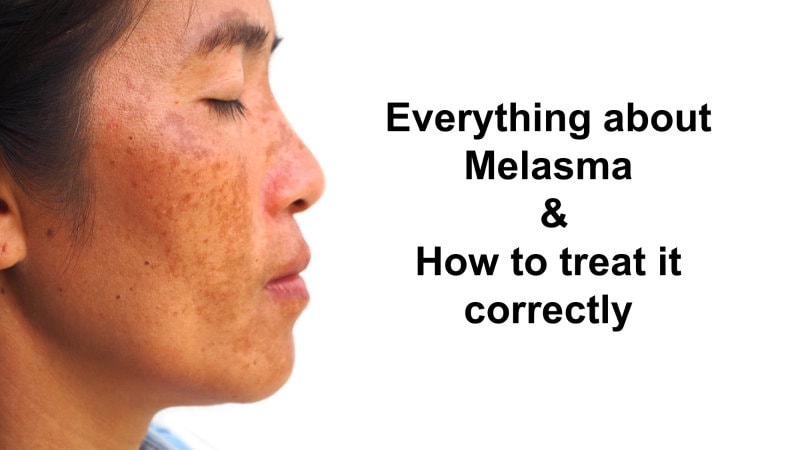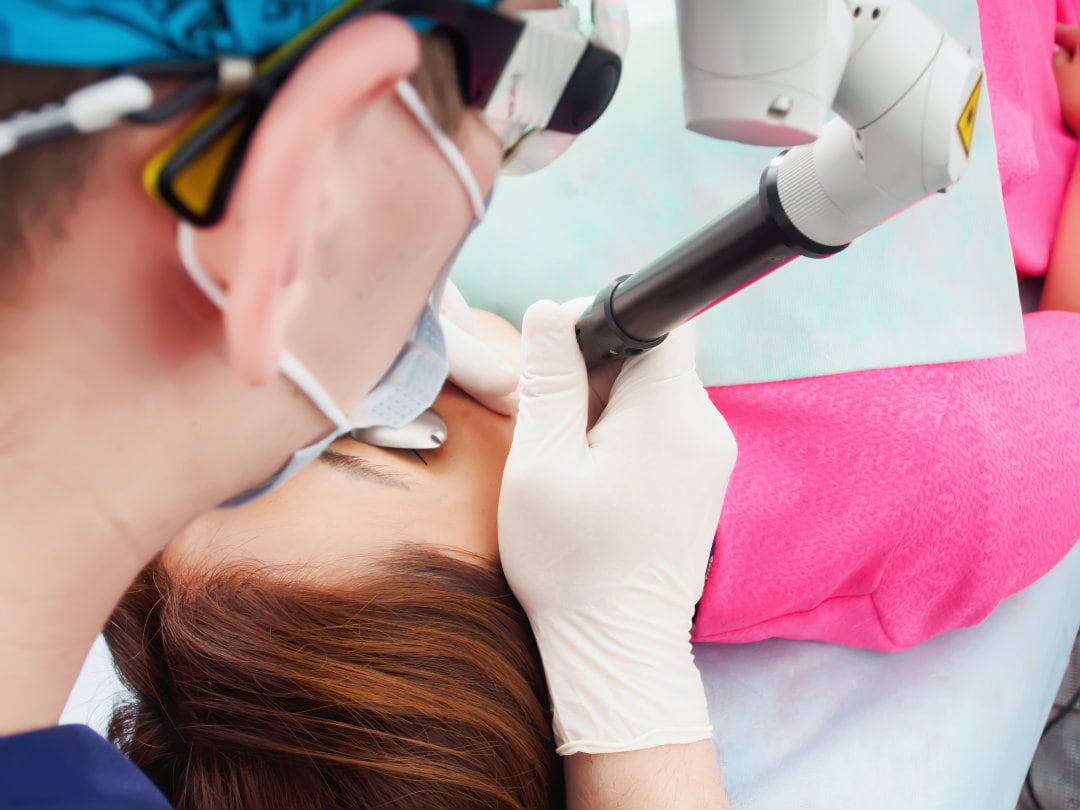
Pigmentation is defined as the darkening of patches of skin as compared to normal surrounding areas. The darkening occurs when an excess of melanin, the pigment that produces normal skin colour, forms deposits in the skin. Hence, besides age spots (or Solar Lentigo in medical terms), freckles and melasma are also termed as skin pigmentation.
These conditions are harmless by nature, yet it can cause some aesthetic distress to many women, especially when its appearance is unwarranted or unexpected. Thankfully, the best treatments for pigmentation are more widely accessible today than before.
The Asian Factor

While pigmentation can affect any skin colour, Asians tend to be more susceptible to conditions that are caused by sun exposure such as age spots, due to climatic factors. When the skin is exposed to UV rays, hormones are triggered to stimulate increased melanin production in the melanocytes and skin inflammation can cause an overactive production. When there is an overflow of the melanin pigment, your body’s inability to spread them out effectively will lead to clumping and the appearance of dark spots. Ageing will slow down the process, even more, leading to age spots.
Let’s talk briefly about the types of pigmentation that are common among Asians.
Age Spots (Solar Lentigo)

If you know someone who tends to get sunburn a lot or loves to tan, chances are they will have a higher susceptibility to developing age spots. According to Medical News Today, age spots often appear on the face, shoulders, back, arms, and tops of feet – areas that are usually exposed to the sun. While this condition is common among women aged 40 years and above, it can also happen to anyone of any age, especially those with a lighter skin tone.
Melasma
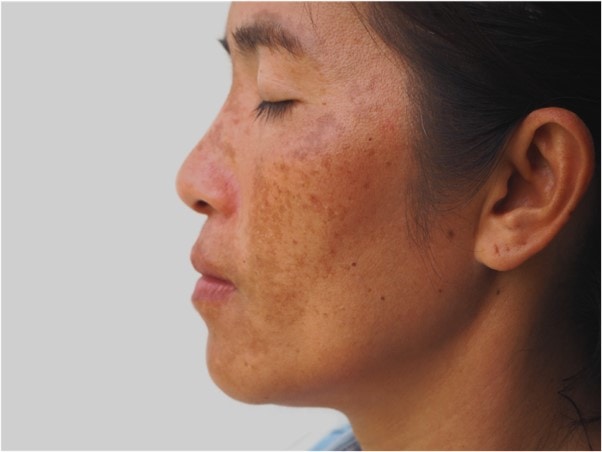
Melasma is distinctive by dark, discolored patches on one’s skin. This condition is also called chloasma, or ‘mask of pregnancy’, which means 90 percent of people who develop melasma are women, as researched and reported by the American Academy of Dermatology. These brownish patches often develop on the cheeks, forehead, bridge of nose, and chin. While melasma can be caused by hormonal changes, sun exposure is also a culprit in affecting the pigment cells.
So with UV exposure and hormones at play, can pigmentation be treated?
Good news is you can! There are some effective treatment methods out there, both that can be done by the individual herself at home, or treatments performed in a skin clinic. All of which are generally safe.
Effective Treatment 1: Adequate Sun Protection
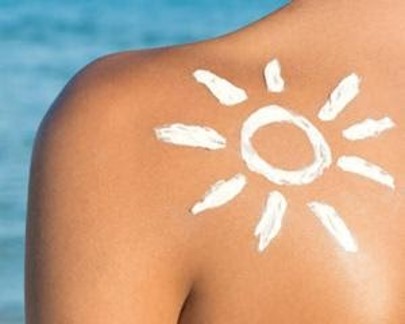
Ultraviolet rays from the sun is the number one cause of pigmentation development. Sun protection is one of the most overlooked and underappreciated tools in our beauty arsenal that can be used to fight against pigmentation. Too much marketing hype and too many fancy cosmetic products graded with SPF values lead to many of us having inadequate sun protection.
The SPF value and PA grading of the sunscreen matters less than the frequency of daily sunscreen application. As a safe general rule, you can start using a sunscreen of SPF 20 PA ++ and above daily. Once you get into the habit of regular usage, you can then work your way up to consistent reapplication throughout the day.
Effective Treatment 2: Topical Skin Care and Medications
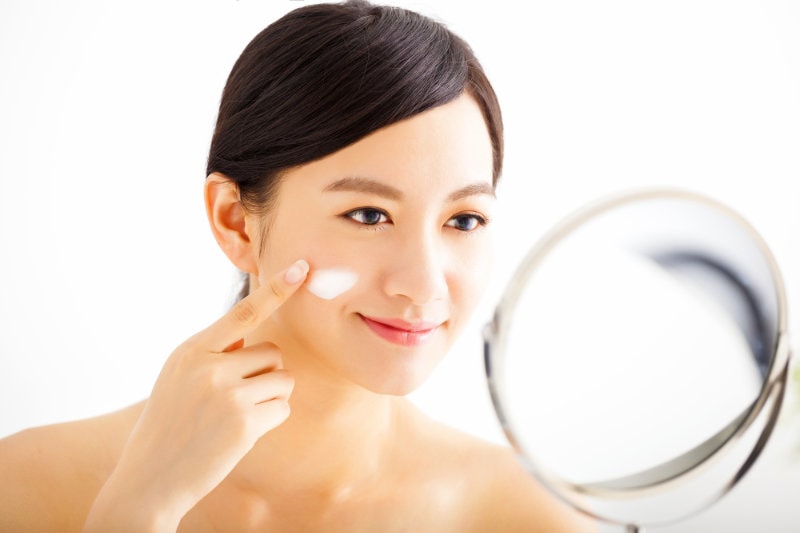
Every woman would have at least one anti-ageing product in her armour of cosmetics, whether it is sunscreen, a serum, or rejuvenating lotion. There are few common active ingredients that are used in some of these products, such as marine collagen extract, hyaluronate, and Vitamin C. These ingredients are touted to lighten and fade darkened skin patches by slowing the production of melanin as well as hydrate and replenish at the same time, allowing dark spots to gradually fade over time [1]. We have listed some of the more well-known compounds that have been shown to work:
- Vitamin C. Vitamin C is an unstable compound, but there is considerable evidence that shows that this compound has skin lightening effects and antioxidant properties. It has demonstrated efficacy in reducing melanin synthesis, as well as counteracting the effects of UV-induced skin damage. Vitamin C is an unstable compound, and important characteristic to note in formulations, and also the reason why most Vitamin C products do not work as well as they claim [2]. They get oxidised even before being absorbed by the skin. Vitamin C serums that include compounds like Vitamin E in their formulations are more stable, and are more effective in treating hyperpigmentation.
- Vitamin E. Vitamin E is a fat soluble antioxidant and has been used for more than 50 years in dermatology. It protects the skin from deleterious effects of solar radiation, and it inhibits tyrosinase [3], an enzyme responsible for production of melanin, as well as increases intracellular glutathione, which are strong evidence for its pigmentation reducing effects. [4]
- Topical Retinoids. These are compounds derived from Vitamin A. Vitamin A has multi-functional effects on the skin: anti-pigmentation, anti-oxidant, and can even function as a low-grade ultraviolet (UV) filter to prevent photodamage [5]. Over-the-counter creams containing retinol and retinaldehyde can be obtained at pharmacies, while stronger formulations like Retin-A, Stieva-A, Tretinoin, etc, contain retinoic acid in various concentrations, and can be obtained only through a doctor’s prescription.
- Hydroquinone. Hydroquinone is a compound that inhibits tyrosinase, the enzyme responsible for melanin synthesis. It is used as a topically applied cream to treat areas of uneven skin tone and pigmentation such as melasma, freckles, solar lentigines, and even post- inflammatory hyperpigmentation. Multiple studies have shown that the best results occur when using hydroquinone as a combination therapy together with retinoid and corticosteroid [6]. In Singapore, these combination creams require a doctor’s prescription. Usage of hydroquinone has to be under a doctor’s orders and the patient has to be followed up closely by a doctor during the course of hydroquinone usage. Adverse effects may include irritation, redness, stinging and even ochronosis, a grey-blue discoloration of the skin.
- Cysteamine. This product is a natural molecule with a well known anti-melanoma, anti-mutagenic, and anti-carcinogenic effects. Its application in pigmentation is quite new, only in the last few years, but has shown considerable promise. In some recent studies, cysteamine has been shown to be effective in decreasing melanin content of lesions, successfully treating patients with epidermal melasma and uneven skin tone [7]. Cysteamine is available in Singapore as a 5% cream, under the brand name Cyspera.
Incorporating any of these products into your regular skincare routine makes it more convenient for you on-the-go, or if you are averse to aesthetic procedures that may seem invasive. While results may be more of a gradual progression and are slower to be seen, committing to a proper routine that protects your skin from environmental damage and the inevitable ageing process is still an important part of treating pigmentation
Effective Treatment 3: Medical Laser Treatments
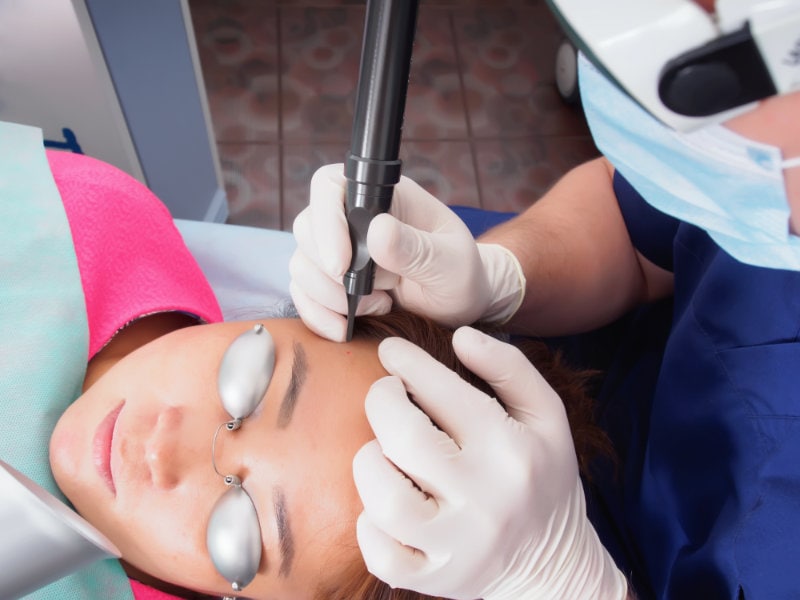
If you are cringing at the mention of needles or are looking for extra treatment, try a laser machine. Depending on the clinic, laser devices are generally used to target and remove excess pigment within the skin, allowing a proper distribution of our natural melanin and improving overall skin tone. With the best technology out there today, laser treatments have been thoroughly tested in the market, bringing a combination of high peak power, short pulse duration, and deep levels of penetration.
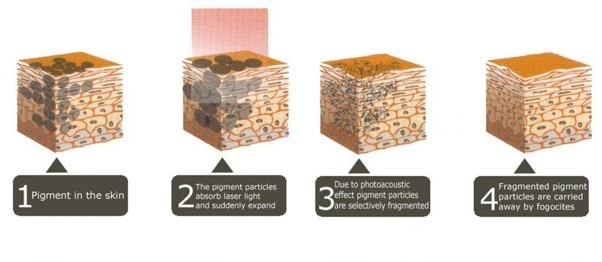
Another perk from choosing this treatment method is that it can treat most forms of pigmentation including melasma, pigmentary marks from acne inflammation, freckles, sun spots, or just generally dull and dehydrated skin. However, proper consultation is necessary as some pigment conditions are situated on different layers of the skin, thus requiring the use of the right laser accordingly.

At The Ogee Clinic, you can be assured that a thorough consultation is conducted before the commencement of any laser treatment. The Glow and Radiance program offered is a multi-modal system that not only helps women achieve flawless, healthy skin, but a radiant complexion without any use of makeup.
The program is exclusively tailored to each individual pigmentary condition, as well as skin colour and tone. As the treatment is non-invasive by nature, one can walk in and walk out without any laser downtime. Over time, results such as a reduction of UV-induced damage, an even skin colour tone, smoother skin texture (reduction of fine lines), and a maintenance of glowing, healthy skin will be apparent.
Effective Treatment 4: Skin-Boosting Treatments

The name says it all. Basically the skin booster treatment is done with a fine needle through a series of micro-injections, depositing a product into the dermal layer of the skin. It’s a quick, lunch-time procedure, aimed at targeting the areas of concern with minimal bruising after. It has been shown to repair sun-damaged skin, slow down ageing at a cellular level, and improve acne scars by increasing the collagen content of damaged skin cells. It is also helpful to do some research on the various skin boosters that a clinic is subscribed to, especially if you have sensitive skin or have other existing skin conditions.
The most common skin booster in the market is made of hyaluronic acid and is used to provide hydration, increase moisture levels and subdermal collagen production. Small deposits of these liquid gold act as water reservoirs for the skin, hence retaining long lasting hydration for plump, dewy, and supple skin.
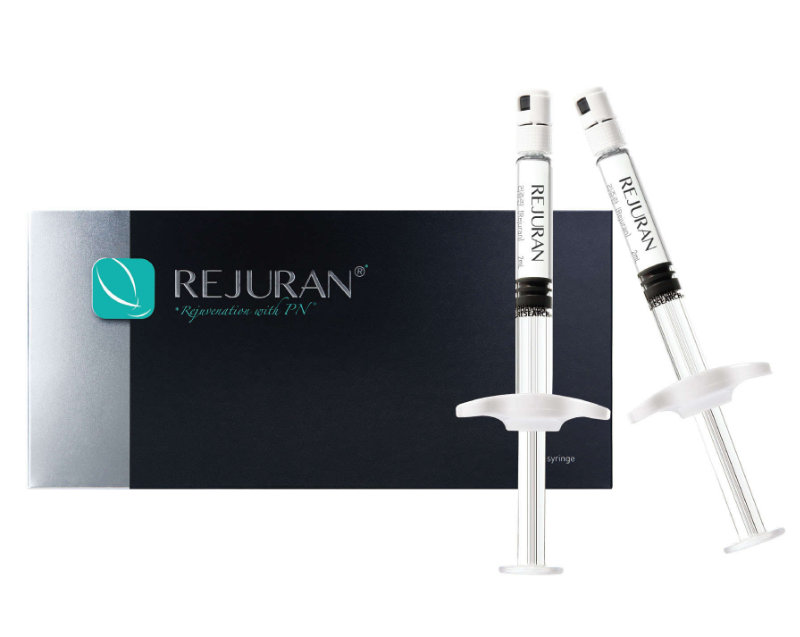 Source: Website
Source: Website
Rejuran is another skin booster that has become the latest craze in the aesthetic market. Instead of hyaluronic acid, it is made of PolyNucleotides (PNs). They are also administered via the regular injection method and is touted to be a skin healer, to repair cellular damage caused by external (sun exposure) and internal (scarring) factors. The Ogee Clinic is one of the few establishments that provide this treatment option.
Effective Treatment 5: Oral Supplements
Polypodium Leucotomos Extract (Oral Sunblock Under Heliocare)
Polypodium leucotomos is extracted from a South American fern and used for medicinal purposes. It was developed by Heliocare, pioneer of the Fernblock® Technology that has been proven effective in protecting one’s skin from the harmful effects of solar radiation. The extract is commonly used to treat eczema, sunburn, psoriasis, and many other skin conditions due to its antioxidant effect, which also prevents further damage caused by excessive sun exposure.
Crystal Tomato
Crystal Tomato® has been touted as a revolutionary oral health supplement to help you achieve even toned and healthier skin from within. Made from 100% natural ingredients after endless research, clinical trials, and testing, it’s a one-of-a-kind supplement that contains pure carotenoid extracts from a special breed of non-GMO white tomatoes and proven in their skin brightening benefits. Hence, it serves as an excellent sunscreen against UVA and UVB rays, contains anti-inflammatory properties, prevents melanin synthesis to prevent the formation of pigmentation, reduces melanin on a cellular level, acts as an antioxidant to shield one’s skin against free radicals and environmental toxins.
Conclusion
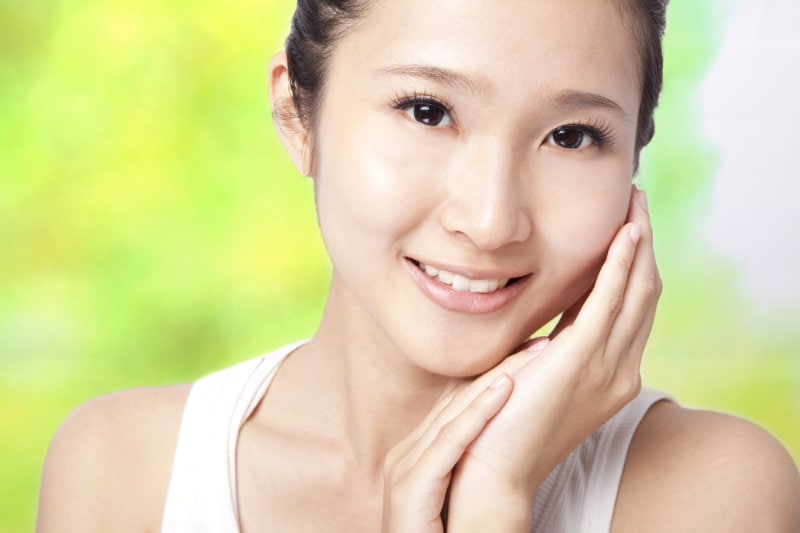
Ultimately, there is no one best way to treat pigmentation. It all depends on the severity of your condition, the time and budget you have, and the suitability of a particular treatment catered specifically towards your needs. The important thing is being comfortable in your skin and making sure you notice the changes in your skin condition and treat dark spots sooner than later to prevent further damage that may become irreversible.
Situated right in the heart of the CBD, The Ogee Clinic offers various treatment options, carefully sourcing products to provide the best quality for your skincare needs. Contact us at 6909 5370/+65 8816 2878 (Whatsapp) to book a consultation or pay us a visit at 1 Raffles Link to know more about our services.
References
[1] Yoshimura K Momosawa A Aiba E et al. . Clinical trial of bleaching treatment with 10% all-trans retinol gel. Dermatol Surg2003;29:155-160
[2] De Dormael R, Bastien P, Sextius P, et al. Vitamin C Prevents Ultraviolet-induced Pigmentation in Healthy Volunteers: Bayesian Meta-analysis Results from 31 Randomized Controlled versus Vehicle Clinical Studies. J Clin Aesthet Dermatol. 2019;12(2):E53–E59.
[3] Badreshia-Bansal S, Draelos ZD. Insight into skin lightening cosmeceuticals for women of color. J Drugs Dermatol. 2007;6:32–9.
[4] Keen MA, Hassan I. Vitamin E in dermatology. Indian Dermatol Online J. 2016;7(4):311–315. doi:10.4103/2229-5178.185494
[5] Antille C Tran C Sorg O et al. . Vitamin A exerts a photo-protective action in skin by absorbing UVB radiations. J Invest Dermatol2003;121:1163-1167
[6] Rendon MI, Barkovic S. Clinical Evaluation of a 4% Hydroquinone + 1% Retinol Treatment Regimen for Improving Melasma and Photodamage in Fitzpatrick Skin Types III-VI. J Drugs Dermatol. 2016 Nov 01;15(11):1435-1441.
[7] Farshi S, Mansouri P, Kasraee B. Efficacy of cysteamine cream in the treatment of epidermal melasma, evaluating by Dermacatch as a new measurement method: a randomized double blind placebo controlled study. J Dermatolog Treat. 2018 Mar;29(2):182-189


